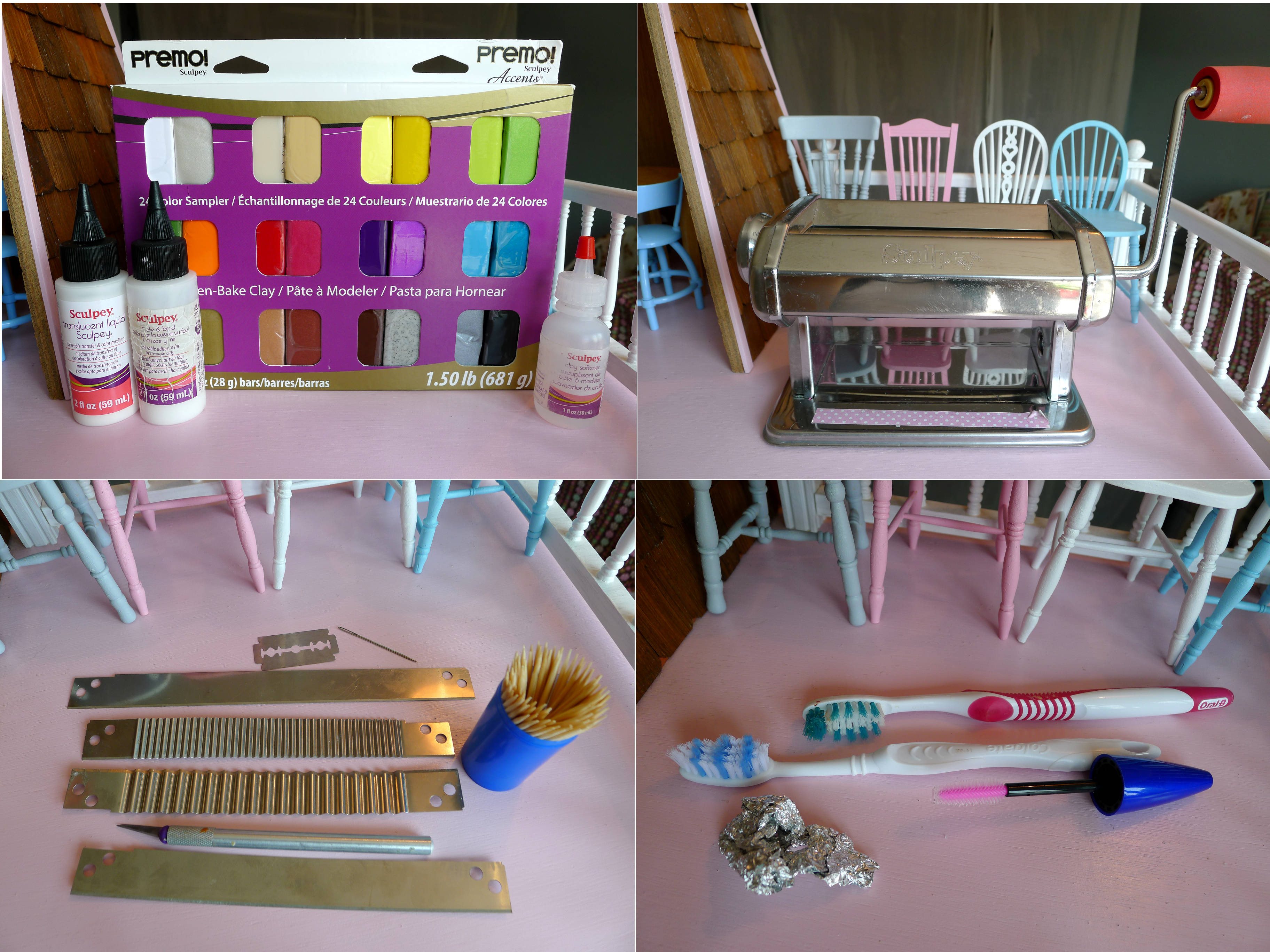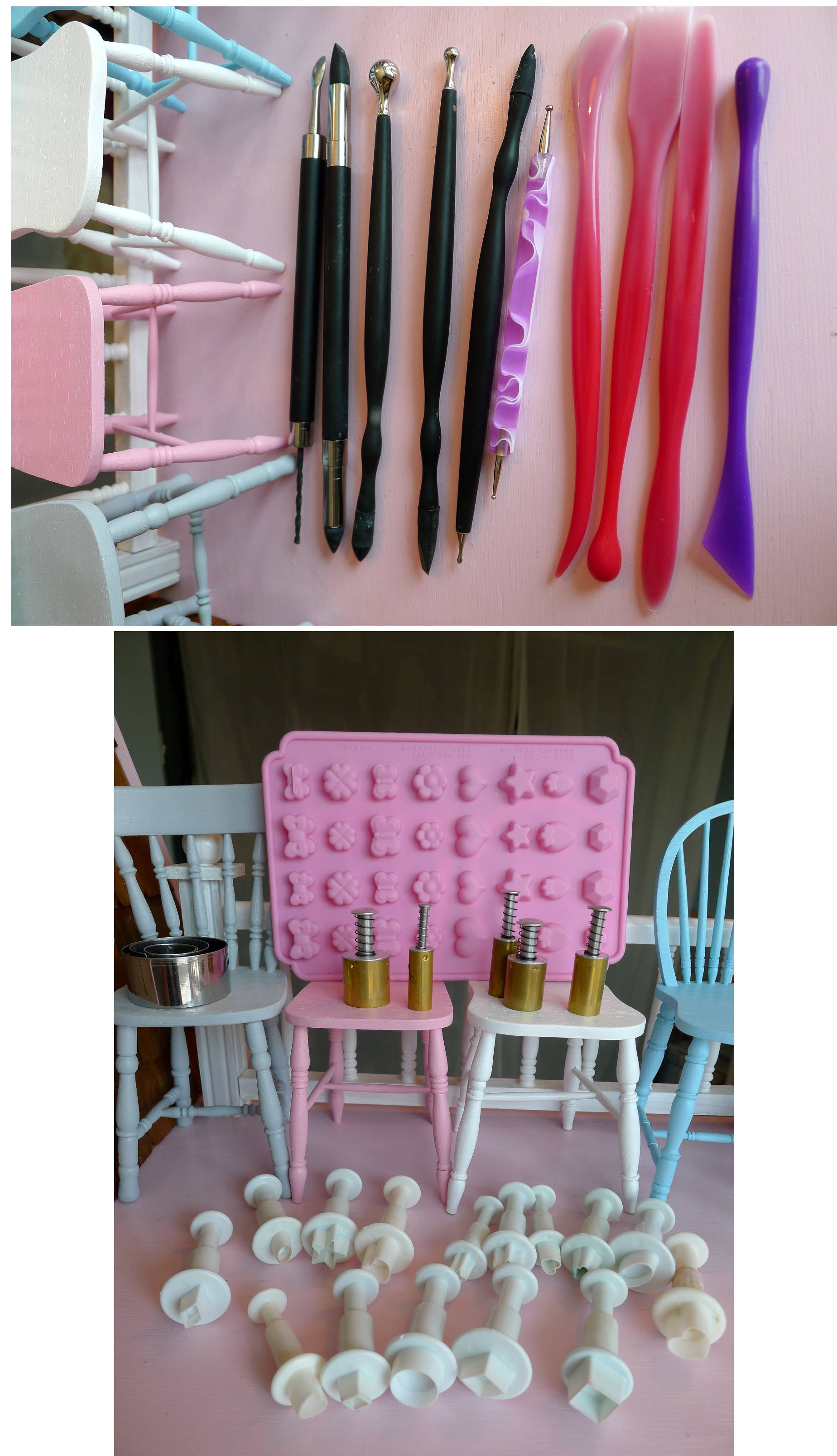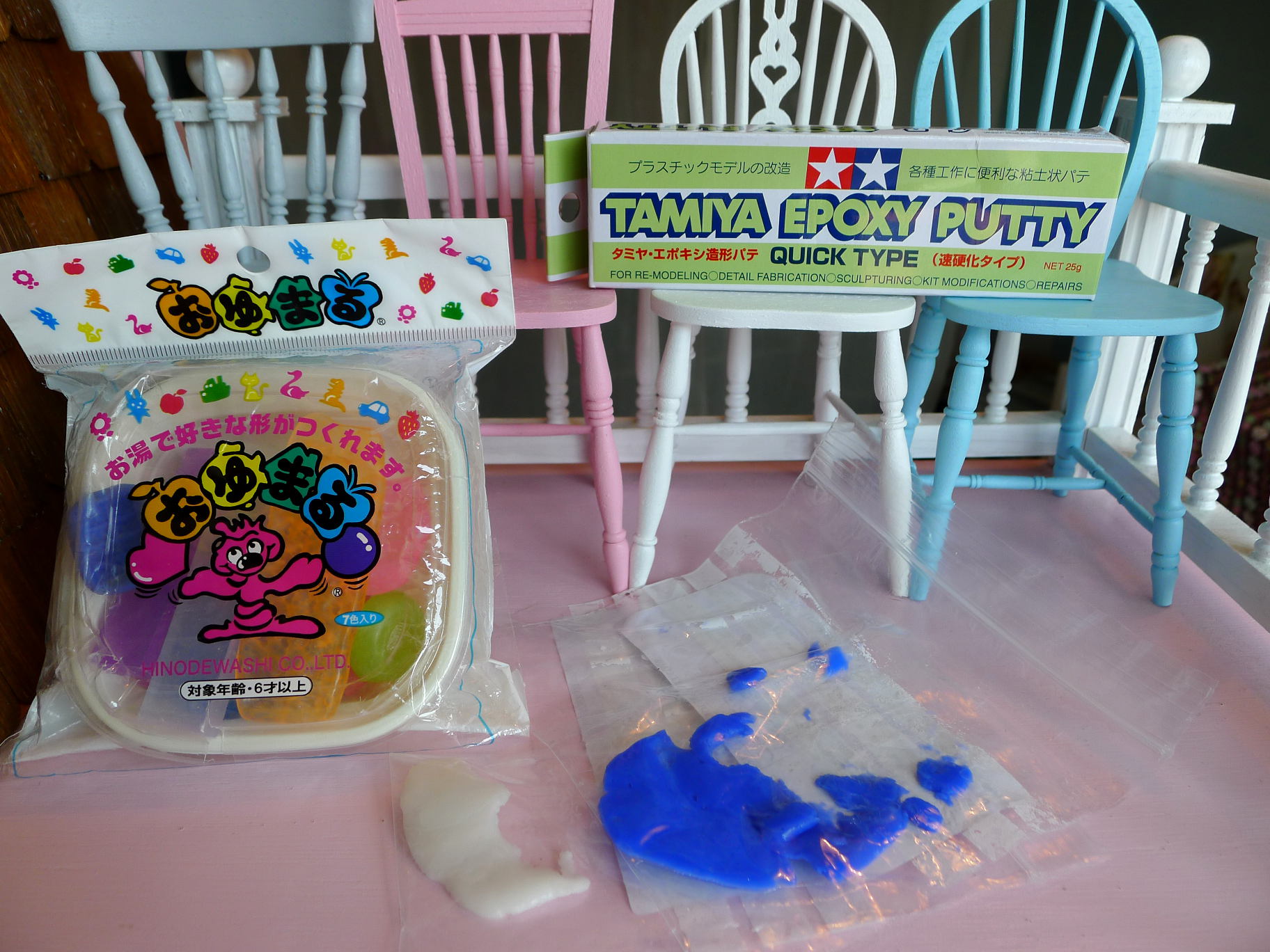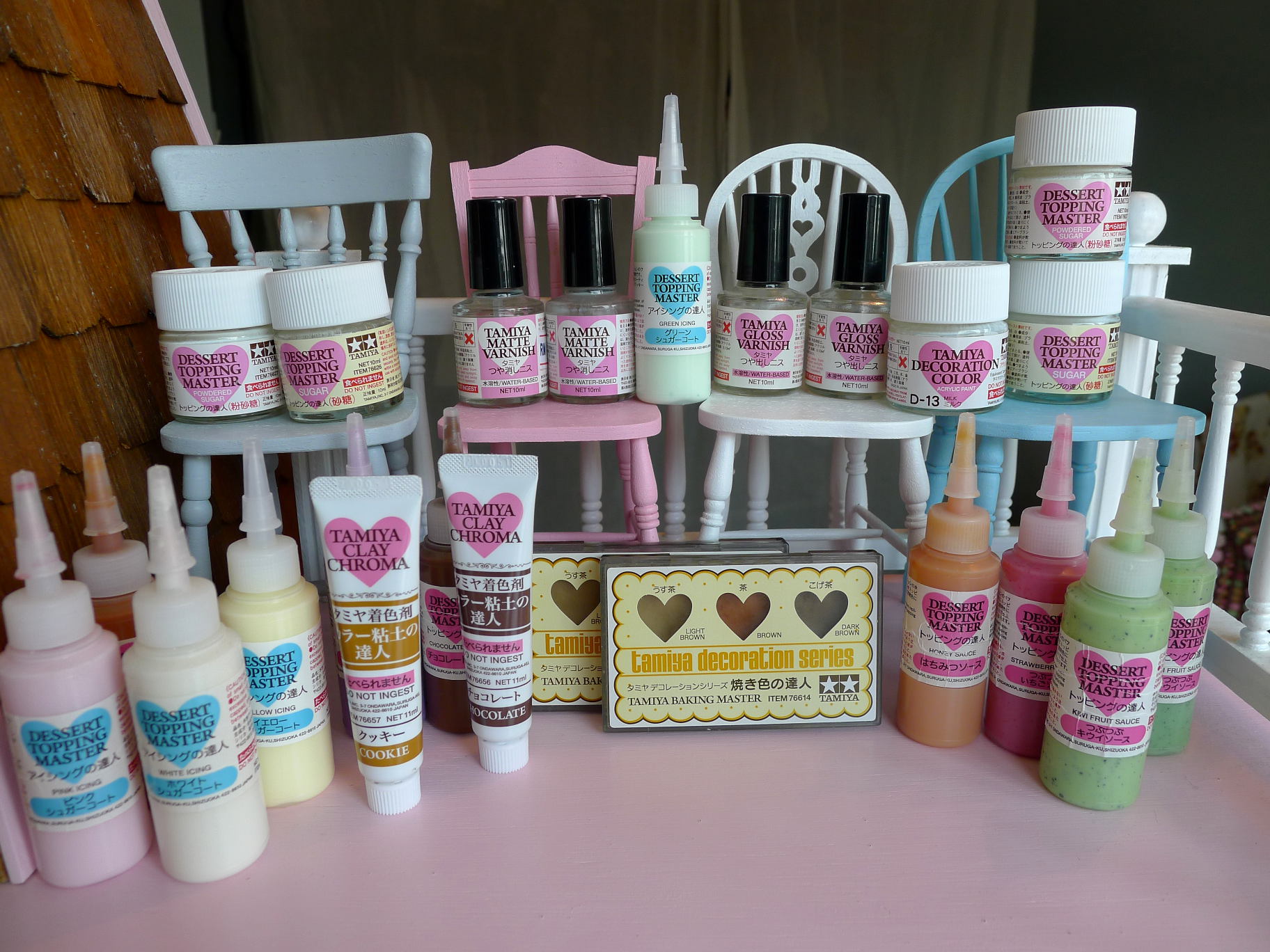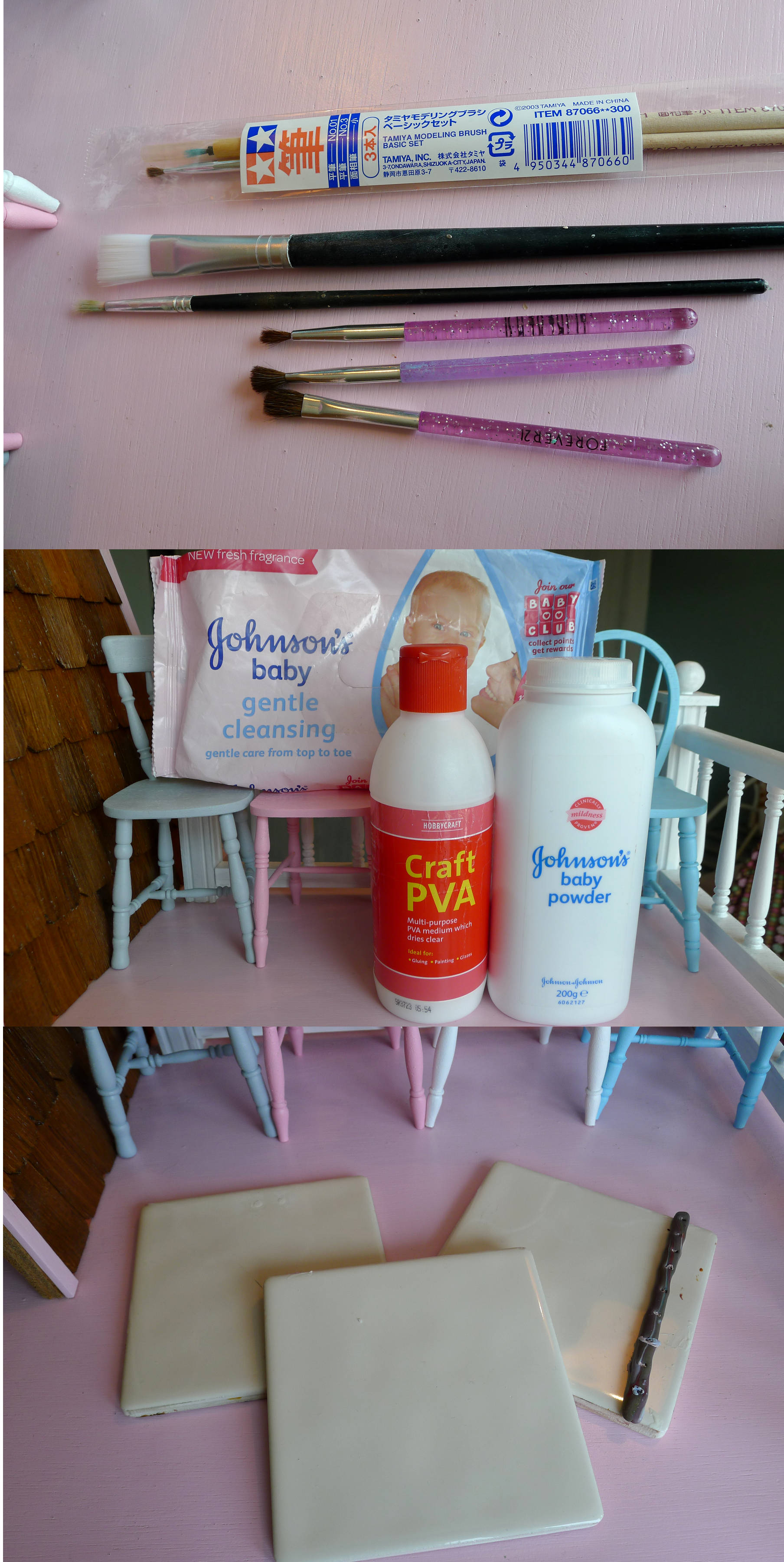There are so many types of Polymer Clay artists/hobbyists out there and each of us use different types of tools and equipment that suits us best.
My work is primarily focused on making miniature food and these are some of the tools that I use. Polymer Clay is a great medium and tools will improve our technique when working with clay.
The tools that I am revealing here are just some of the main ones I that I use. I also use other mediums such as resin, air dry clay, etc. However I will only show you the ones that I use with the polymer clay. My tool library has grown significantly in 4 years so if you are a beginner in making miniature food, please remember that you do not need all of it. The best part about making miniature food is that you can already do so many types of food with just the basic tools.
If you are into making miniatures with polymer clay, you don’t need a lot of clay but it helps having a variety of colours. Instead of buying full bars, get a pack of sample colours and you will have a huge range of colour to play with. It is also worth mentioning that miniature food makers use mostly white and translucent clay so I usually get big bars of those and also Sculpey Ultralight (not in photo).
Translucent Liquid Sculpey (Liquid clay) is also essential in miniature food making as this will be use to make all sorts of items. I will be doing a tutorial specifically on this for the month of June.
You can use translucent Liquid Sculpey to glue pieces of polymer clay together but I use Sculpey’s Oven Bake Clay Adhesive specifically since it’s tackier than Liquid Sculpey which makes it easier to use. Bake and Bond only turns hard when it is cured, (just like polymer clay and TLS) so I use it a lot when I need to bond parts together.
Miniature makers tend to use very little clay to make miniatures therefore it is quite normal to stockpile old clay. However with Sculpey Clay Softener, you can turn almost any old clay new again!
Clay conditioning machine is essential if you want to roll out even sheets. It’s not easy doing it with just a rolling pin! You can also use it to make Skinner blends which will give your miniature models more colour depth.
Blades and X-acto knife is used a lot in any project and I use a needle to texture and shape clay.
An old-toothbrush and a recycled (but clean) foil are the most useful texturing tools. You can save any item that can make texture so keep your eyes open!
Even if you are not making figures, modelling tools can help out a lot even if you start with the basic plastic ones. Ball tools are also worth the investment as they are used a lot and comes in different sizes.
Molds and cutters are very useful for any miniaturist. It saves you time and you get an exact size and cut always. Look out for cutters used in sugar craft and anything small you can find! As long as it fits the scale, it will be useful in making many different items. I also have many sets of Premo cutters which isn’t shown here.
Alcohol inks can be used on cured clay and touches dry almost instantly. Acrylic colour can also be used to paint on clay and Oil paint can be used to tint TLS.
Pastels is used to do the shading which gives your miniature a more realistic look. You can also shave some into TLS to give it some colour. It is almost impossible to get through an entire piece of pastel so make sure you buy a box which is just half the usual size.
Molds saves you time and lets you copy something really quickly. I use a Japanese mold that is reusable. You can use it after it is softened in hot water and hardens again within minutes. Silicon mold is also useful and very easy to use, just mix 1:1 part together and you are good to go! Because I don’t use a lot for miniatures, I usually get a very small amount at a time since they don’t last long. Epoxy Putty is also a great tool since you can sculpt and sand it after it is cured. I usually use it to make the shapes for the moulds. Just like the silicon mold, I get a small box at a time as you will also need to use it up quickly.
I use a lot of Tamiya Decoration Series tools (this is just half of what I have!) for the finishing touches
Glazes help seal in colours and also add more realism to your miniature. I have matte and gloss varnish which are water based and can be used on polymer clay.
The Dessert Topping Master is basically coloured PVA-glue that will look like real sauces when it is air-dried. The other alternatives are Puffy Paint of any type of ‘deco’ gel and sauces. This will also add more realism and depth to your miniatures.
There are definitely a lot of video tutorials out there on the internet on how to make miniature food. I prefer books more as it explains every technique into further detail and it’s just easier to refer to and make notes from. They are also a great source of inspiration. Most of my books are actually in Japanese as it is a big hobby there.
Brushes are also useful to a polymer clay artist, not just painters. It is primarily used for shading on clay. You can even use make-up brushes to paint on finishing glaze/varnish on cured clay.
Wet wipes is used to clean tools and keep your hands clean when you are using polymer clay. PVA glue is useful to attach clay (cured or uncured) together as it is made from the same compound. You can even use PVA glue as a varnish for a semi-gloss look. Talcum powder is useful when you are using really sticky clay and to dust molds before using them.
Get small tiles instead of big ones so you can work simultaneously on different projects.


